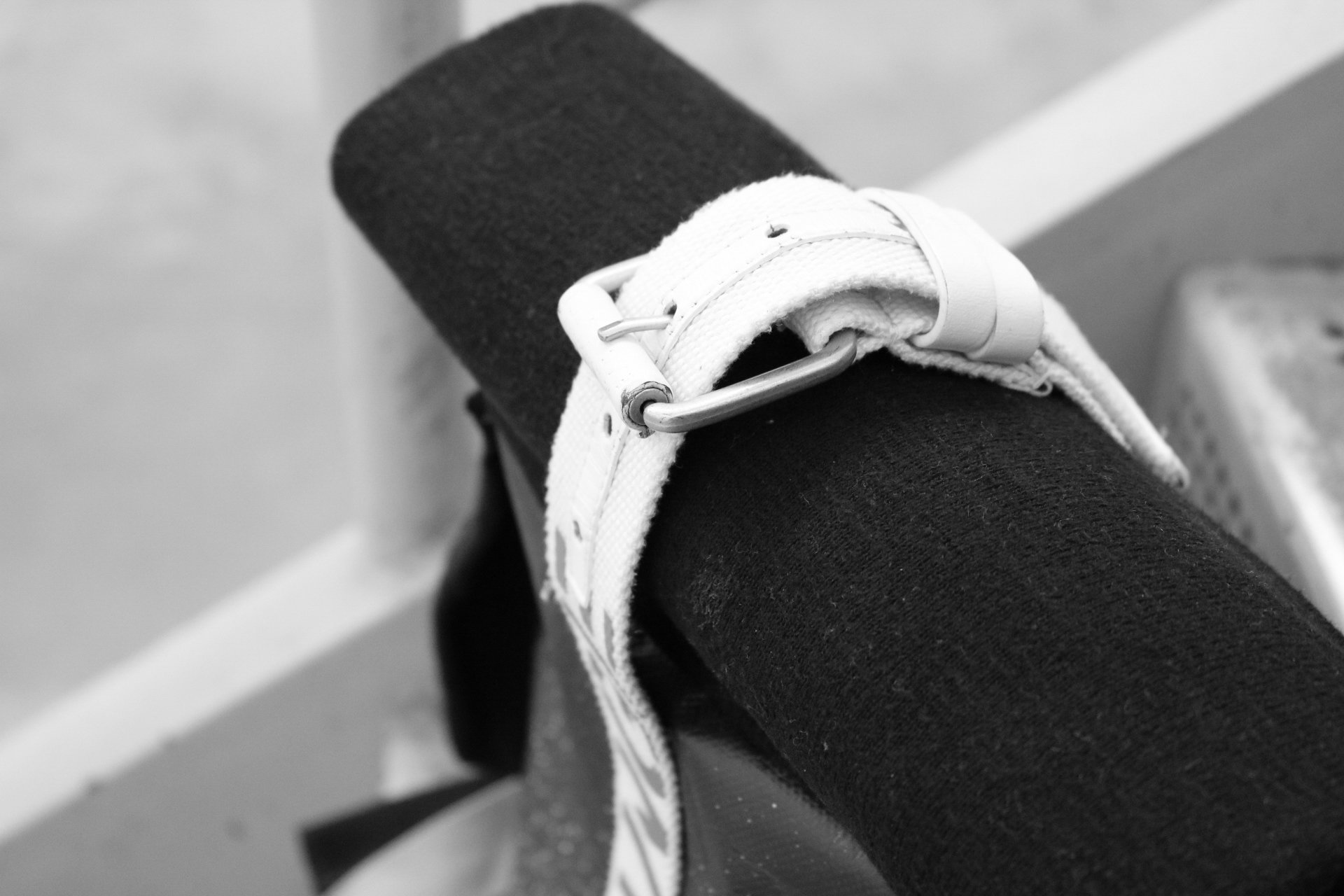Oblong
Date: 04/05/2017
Foundation Studio
Timeline: 1 Week
Project Description
The Oblong backpack is an upcycled backpack that is designed to be made by anyone with access to a bag, belt, sweater and a sowing machine.
The objective of the project was to prove that upcycling old clothing can be practical and fashionable and doesn’t have to stand out as something outside of the common fashion zeitgeist. Upcycling clothing can fit in as a fashionable addition, It doesn’t have to only be for the crunchy.
Relevance
Some early projects stand the test of time and this fashion project certainly endures. This was my first hands on industrial design and fashion design project, and involved me acquiring skills like sewing and templating. I look back on it fondly as a seminal work for my process and my style.
Contributors
Leo Felix
Alex Westcott
A backpack made from a sweater, belt and a bag.
There’s no better way to demonstrate a fashion product then a fashion shoot and I was blessed to have worked with Alex Westcott a long time friend of mine to bring the product to life. These photo’s we’re shot in the spring of 2017 in Coal harbour. Vancouver, British Columbia.
This is another project which continues to stand the test of time, continuing to be fashionable and relevant even seven years later.
Enduring fashionability & environmentalism.
The product shoot is meant to highlight the details of the design. Most notably the industrial design of the backpack with a large open pouch that rolls up to better contain the contents inside and the belt buckle to secure the rolled top.
The sweater joins to the bag straps to create loops for the arms to pass through completing the backpacks design.
Here’s the process behind creating the backpack. This was one of my first process documents and my first and last fashion design project.
My intial ideation for the design of the backpack.
Here I’m setting up the initial layout of the design. And thinking through the process of stitching together several layers of materials and parts. Fashion design is fascinating as everything has to be flattened into discrete panels and that form a 3D object.
Learning how to prototype bags & clothing.
Development started with a paper prototype of the design. The paper prototype helped test the design features and how robust the final design was going to be, it also helped me to do some usability tests.
Learning to sew as the bag came to life.
I had to learn how to sew on the fly as I’d never done it before this project. I’d had some minor instruction on how to use the machine. But I really had to learn by doing. I remember staying on campus past 3AM to sew the backpack in order to meet the tight project timeline!
Stitching it all together and finalizing the design.
These first stitches and seams definitely show that I was a novice. But overall they held up in several strength tests and didn’t fail catastrophically. They’re unattractive but effective and given the time constraints on this project, that’s a win overall.
This project was completed in three days in a wild blitz from ideation to production and I’m still proud of how much I could do under pressure.
This was the first time where my design skills we’re tested under a severe time crunch and I continue to be proud of what I accomplished in such a short amount of time.
Fun fact; This class: Design Core in Foundation year was the hardest class I’ve ever taken and pushed me to my limit as a designer and student. It had some of the hardest knocks in my entire education.
Early Work Timeline
Design core
20132020Up Next
Featured Project



















